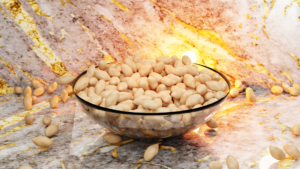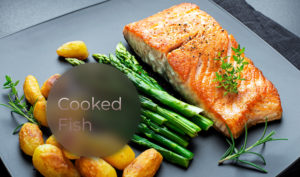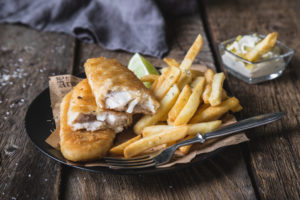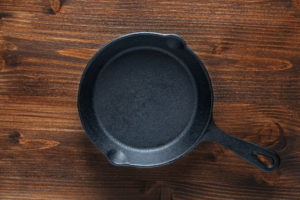Cooking with Cast Iron vs Stainless Steel, Copper & Ceramics
Difference between Cast Iron, Stainless Steel, Copper & Ceramic cookwares/ skillet & which is better
Iron
Cast iron skillets are robust cooking wares used from ancient times. Steel and Iron are both iron alloys, while cast iron contains more than 2 percent carbon relative to less than 2 % carbon in steel (steel is oftentimes infused with other elements like Chromium to be able to resist corrosion and be non reactive). They are good heat conductors in their own right. Iron melts at around 1260o C and steel at 1427o C.
Iron maintains heat well, which is essential for good cooking and saves on energy and with proper seasoning it can also draw non stick properties and last a lifetime. In addition iron is also on the heavier side. They are also inexpensive compared to steel and easy to manufacture into any shape and size with adequate thickness at the bottom, for heat transfer (in addition the pan and the handle are one piece). Cast iron is also good with heat retention but is heated unevenly and slowly relative to steel.
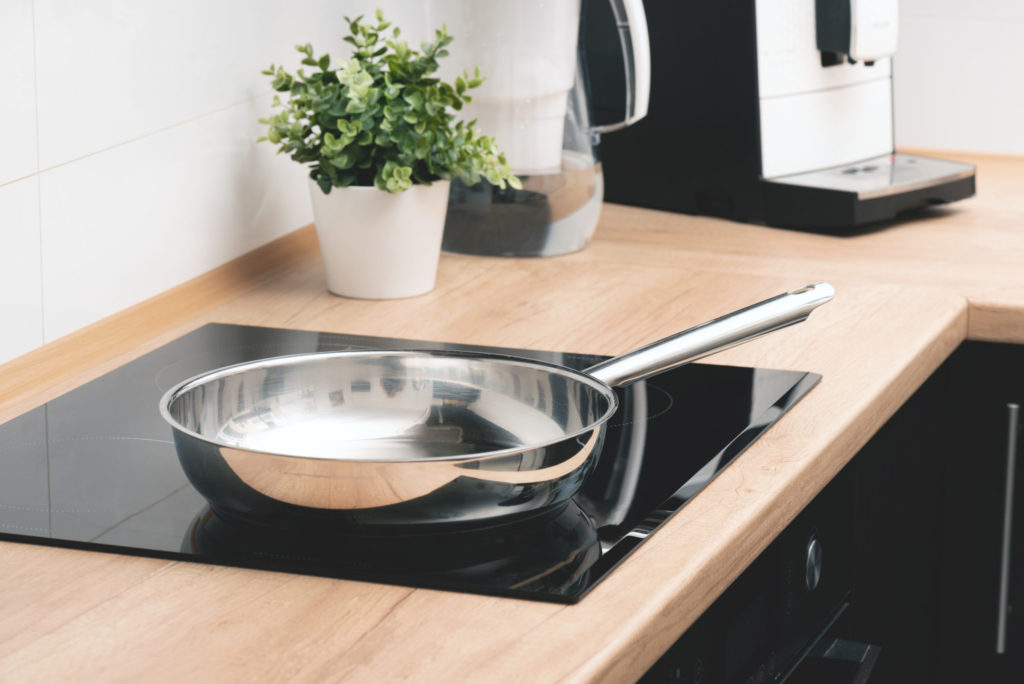
Stainless steel on other hand is easy to maintain and more resistant to corrosion and acidic foods but has less of the non stick property while being equally reliable or more. The seasoning does not bond properly with the steel as it does with iron due to the porous surface of iron and relatively smoother surface of steel. Coatings of seasonings can build up eventually on iron with usage and regular seasoning ( which also imparts a rich flavor to dishes) and enhances its functionality. Moreover it is more resilient to wear and tear and acidic foods over time.
Stainless steel is corrosion resistant and suitable for all kinds of cooking while requiring less maintenance but being more expensive. Skillet made of stainless steel is usually made from several layers including an aluminium layer in between due to its superior heat transfer property over steel.
COPPER
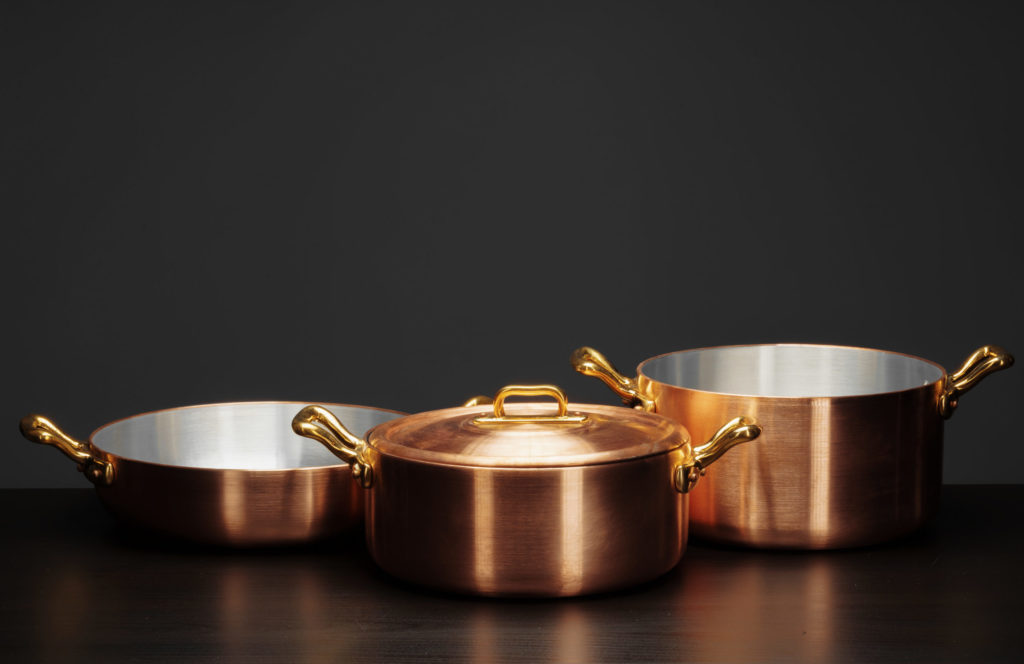
Copper is a soft, ductile and malleable metal with high electrical and thermal conductivity, its melting point stands at 1085o C. Copper wares are great to look at with a pleasing appearance and color but are also more expensive than the rest. Copper heats up evenly and fast by design, even better than steel, resulting in being more energy efficient and cooking evenly.
Copper also tends to lose heat quickly, forging agility, which is effective for delicate proteins like fish, rendering you more control and precision when cooking. They are also less dense, consequently less in weight, and easy to clean, along with being incredibly durable. And having non stick properties to an extent depending on the lining. These pans also needs to be of the right thickness of around 2 to 3 mm to deliver optimum performance.
On the other hand acidic foods cannot be cooked in pure copper cookware as these foods react with copper and result in leaching. Hence, oftentimes they are lined with some other metals like stainless steel, tin or silver to prevent this contact and, therefore, to accord enhanced properties.
CERAMICS
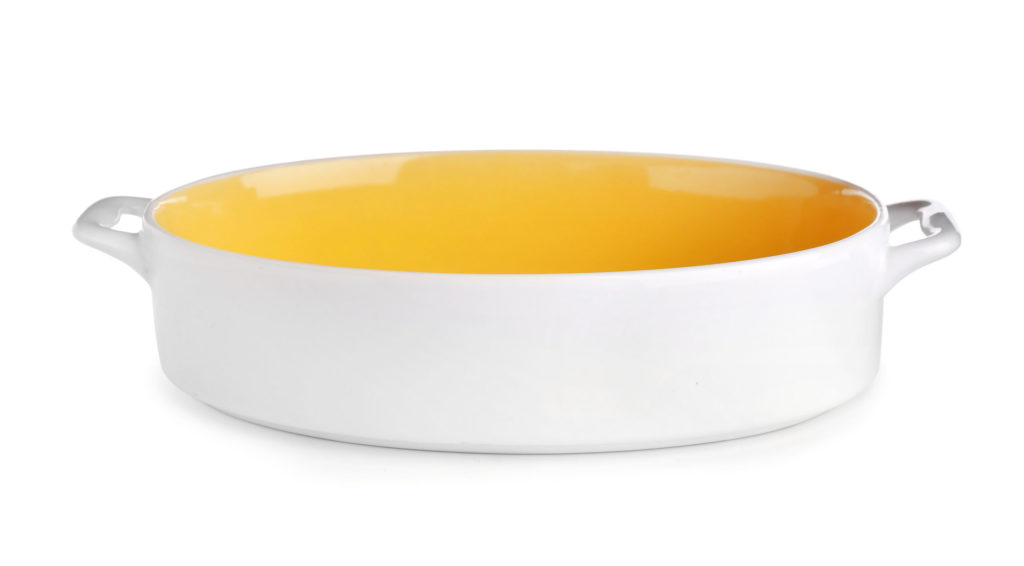
Ceramics are generally of 3 types: Stoneware, Earthenware & Porcelain. They are formed with clay. Clay is a natural fine grained soil material, clay develops malleable, flexible properties when wet, due to a molecular film of water surrounding the clay particles, but becomes hard and brittle otherwise.
Cookware made with clay is often glazed and kiln-baked, as clay hardens when baked at high temperatures.
Earthenware
Earthenware is clay baked at low temperatures (below 1200o C), which results in a slightly porous material and hence, is not air tight nor can hold water. But these can be glazed and baked further to remedy the problem.
Stoneware
Stoneware is made from a particular clay baked at around 1200o C, and the resultant material is more durable, dense and stone like and, therefore, waterproof even without glazing.
Porcelain
Porcelain emerges from a refined clay baked at temperature of up to 1500o C. Consequently an hard and glossy material emerges which is oftentimes white or translucent in appearance.
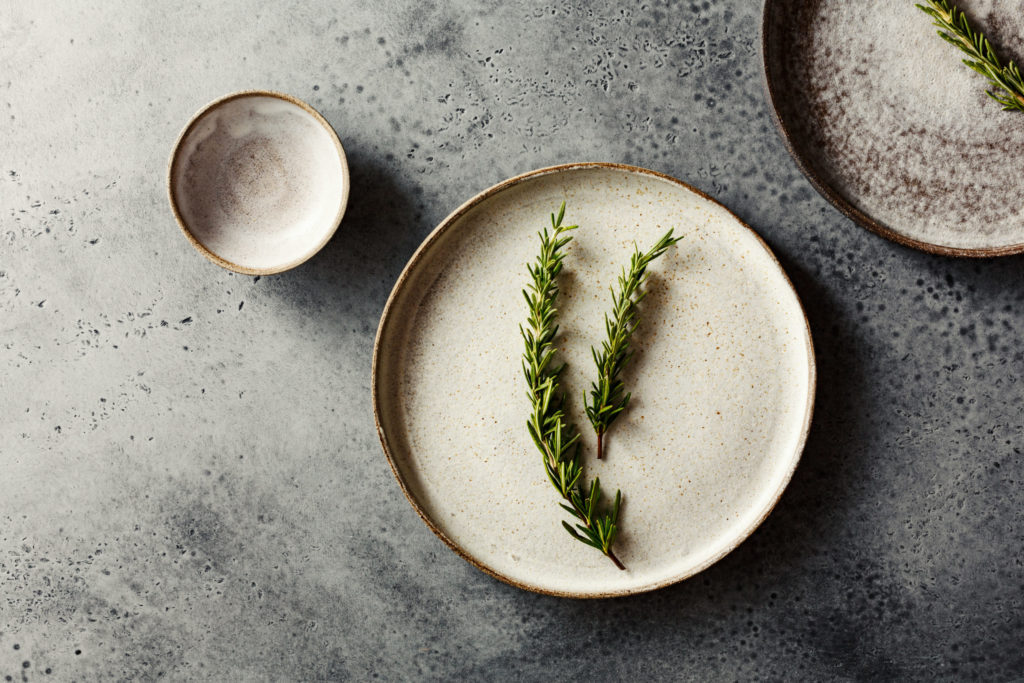
Ceramic made from good natural materials and are hence, non-toxic. Additionally they are easy to clean and possess non-stick properties. They distribute heat evenly along with excellent heat retention and are thus energy efficient, along with being durable and environment friendly.
They can stand low and moderately high temperatures and are non reactive, healthy and lightweight. Type of glazing used also needs to be considered. They can also come in beautiful and diverse appearances.
On the contrary ceramics may not endure high temperatures and are brittle, additionally surfaces are often prone to scratches.
CONCLUSION
Cast iron skillet are great for cooking and holding heat but require more maintenance and care, in addition to having non stick properties (with proper seasoning). whereas, stainless steel skillets are easy to maintain and more versatile with slightly less non stick property and being more expensive and better perseverance with acidic food.
Copper materials are reflective and swift to absorb and discharge heat, but are prone to acid reactions without a proper coating. Ceramics are great natural and light materials and can be used on moderate high heat but are less resilient in this regard relative to others and are brittle. But are non toxic, non reactive and are energy efficient due to their good heat confinement.
Cooking materials should be chosen depending on the need and requirement to a particular task for successful cooking endeavors.



